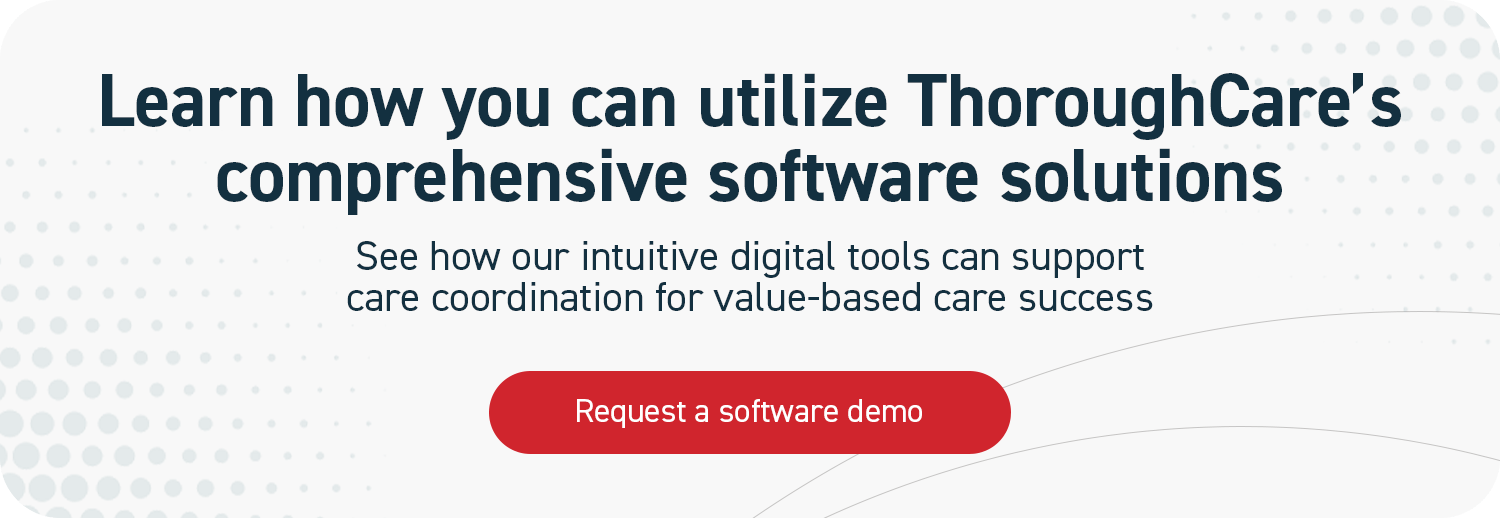What Is The CMS Transforming Episode Accountability Model (TEAM)?
TEAM, or Transforming Episode Accountability Model, is a mandatory, episode-based alternative payment model that goes into effect on January 1, 2026, and runs through December 31, 2030. It’s part of CMS’s Innovation Center strategy to move Medicare away from fee-for-service models and toward value-based care.
What is TEAM?
Some patients who undergo a surgical procedure may experience fragmented care that can lead to complications, avoidable hospitalizations, and increased spending. TEAM aims to solve this by holding acute care hospitals accountable during a patient’s hospital inpatient stay or outpatient procedure, along with the 30-day period following hospital discharge. TEAM encourages coordination between specialists and primary care providers to create smooth care transitions and promote recovery.
The program covers five specific high-volume, high-cost surgical procedures. These include:
- Coronary Artery Bypass Graft (CABG)
- Major Bowel Procedures
- Lower-Extremity Joint Replacement (LEJR)
- Surgical Hip/Femur Fracture Treatment (SHFFT)
- Spinal Fusion
Goals of TEAM
The goals of TEAM are to improve the patient experience through care coordination between providers, enhance patient outcomes, and reduce Medicare spending. Importantly, hospitals must refer patients to primary care services which promotes continuity and long-term outcomes.
Participation is mandatory for acute care hospitals located in pre-selected, Core-Based Statistical Areas (CBSAs). To see a list of the hospitals that are mandated to participate, check the CMS website.
Hospitals that are not mandated to participate may choose to opt in voluntarily.
How will TEAM work?
Hospitals will continue to bill Medicare fee-for-service as usual. But retrospectively, they’re measured against a target price—a bundled reimbursement amount based on three years of regionally adjusted historical data and quality considerations.
If hospital spending stays below the target and meets quality metrics, they earn shared savings. If spending exceeds the target, they may face repayment obligations. There are three tracks with varying levels of financial risk depending on the hospital type and performance year.
Under TEAM, hospitals must redesign clinical workflows, invest in preoperative coordination, structure post-acute partnerships, and monitor outcomes continuously. Efficient discharge planning, strong post-acute networks, data visibility, and quality oversight are all essential for the TEAM model to succeed.
Surgeons and clinicians can benefit from gain-sharing agreements, which will align incentives across care teams.
In summary, the CMS TEAM model marks a bold shift toward accountability, coordination, and value in surgical care for Medicare. Starting in 2026, hospitals must be ready and aligned with quality performance and financial integrity throughout each episode.
If you need help to prepare your team, please reach out to us. We’ll be happy to walk you through how ThoroughCare’s care coordination software can simplify the TEAM workflow, so that you’re ready and able to achieve these target metrics.
Download a TEAM brochure to make sure your group is prepared for the TEAM program.


.jpg)
